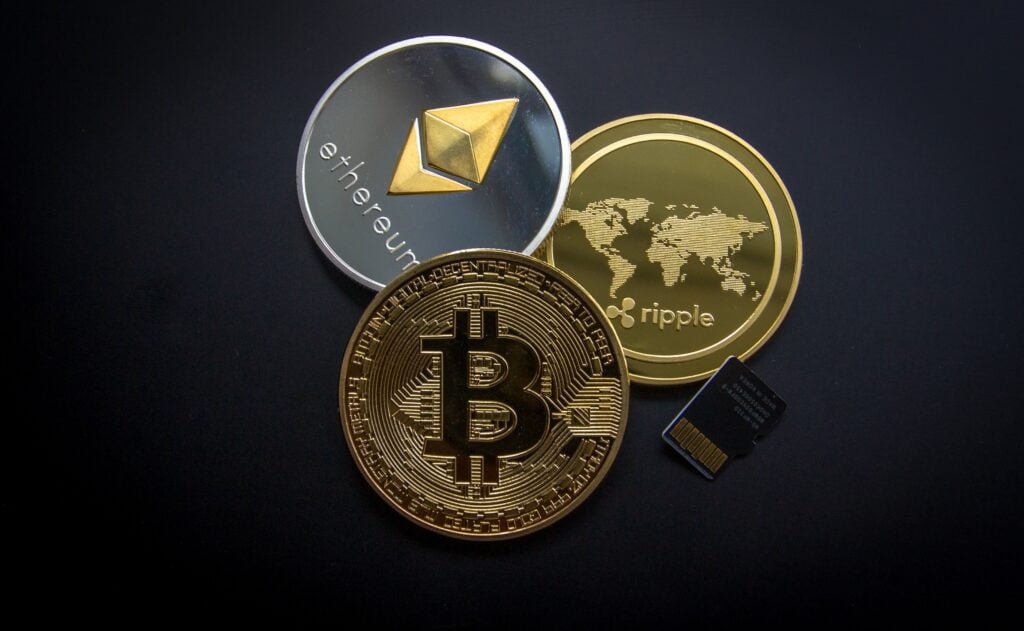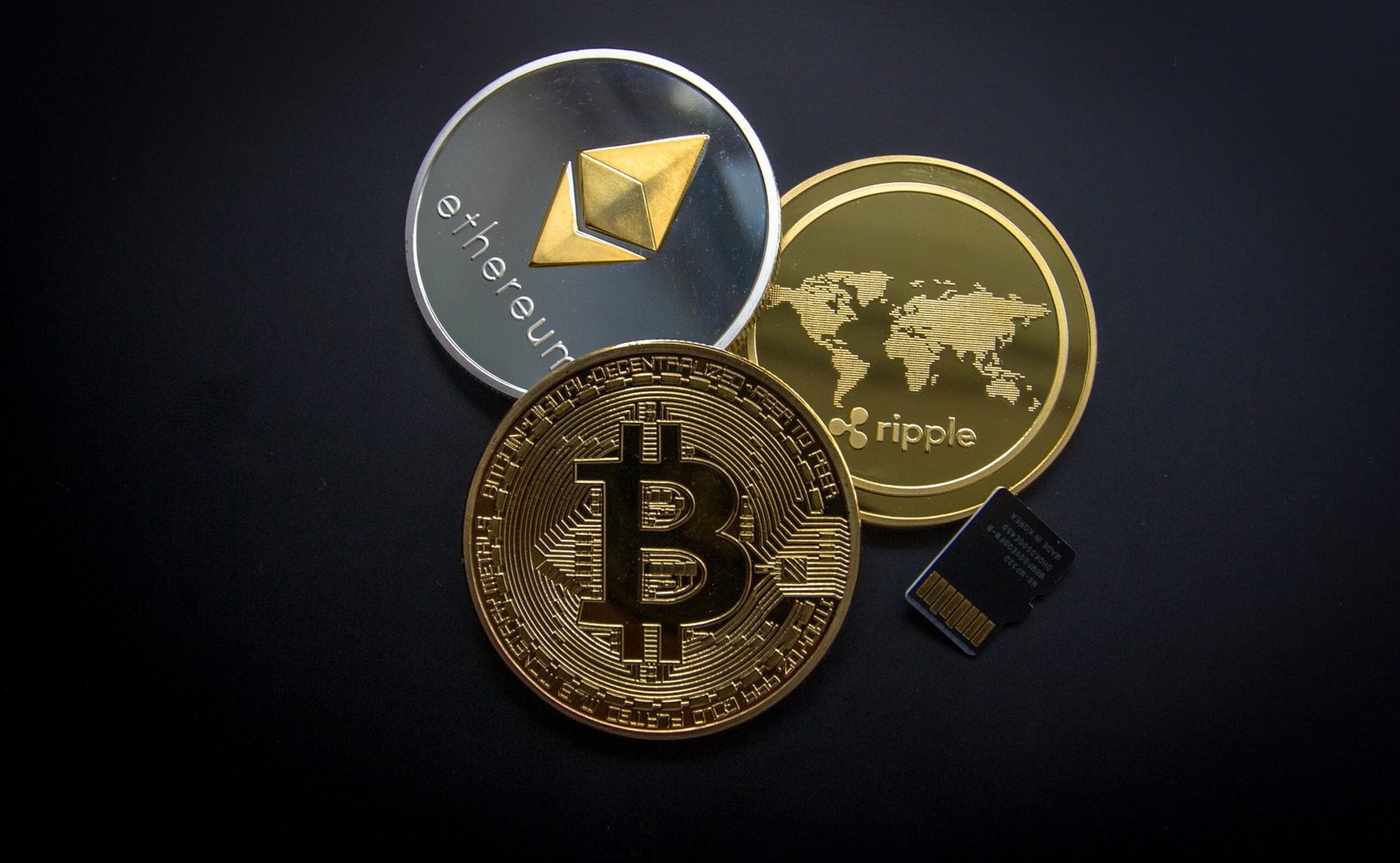Bitcoin is more than just a payment or investment cryptocurrency. A cryptocurrency is supported by a complete ecosystem. Many such ecosystems exist on the internet now, but because Bitcoin was the first, it’s important to understand how it works.

So, how exactly does Bitcoin work? Bitcoin is a decentralized digital money that functions independently of the financial system or government agencies. It makes use of peer-to-peer transfers on a digital network that keeps track of all cryptocurrency transactions. The blockchain, an open source code that pairs (or chains) blocks of transaction histories to avoid tampering, powers this network.
Bitcoin eliminates the need for central facilitators, such as governments and banks, to validate currency transactions because these transfers are confirmed directly between users and are stored on a shared public ledger.
Learn what’s going on behind the scenes in the Bitcoin network to better comprehend this digital phenomena and how it affects global banking.
Bitcoin’s Blockchain
The Bitcoin blockchain is a record of encrypted transactions that are validated by peers. This is how it works. The blockchain is spread among numerous computers and systems inside the network rather than being stored in a single location. These systems are referred to as nodes. Every node has a copy of the blockchain, and each copy is updated whenever the blockchain is validated.
The blockchain is made up of blocks that record information about transactions, previous blocks, addresses, and the code that executes transactions and manages the network. To comprehend the blockchain, it is necessary to first comprehend blocks.
Blocks
When a block is opened on the blockchain, the blockchain generates the block hash, which is a 256-bit value that encodes the following information:
- The Bitcoin client version is the block version.
- The hash of the previous block: the hash of the block preceding the current one.
- The coinbase transaction is the first transaction in the block, and it is responsible for issuing the bitcoin reward.
- The block height number indicates how distant the block is numerically from the first block.
- Merkelroot is a 256-bit number that contains information about all preceding blocks.
- The timestamp indicates when and on what date the block was opened.
- The network target is the target in bits.
- The nonce is a 32-bit number produced at random.
Queued transactions are added to the block, the block is closed, and the hash is generated by the blockchain. Because each block contains information from previous blocks, the blockchain cannot be changed because each one is “chained” to the one before it. Mining is a procedure that validates and opens blocks.
Mining for Bitcoin
The process of validating transactions and establishing a new block on the blockchain is known as mining. Mining is carried out using software applications that operate on computers or equipment that are specifically intended for mining and are known as Application Specific Integrated Circuits.
The hash is the primary focus of mining software and devices. They are attempting to generate a number that corresponds to the block hash. The scripts construct a hash at random and attempt to match it with the block hash, utilizing the nonce as a variable integer that increases with each guess. The hash rate of a miner is the amount of hashes it can generate per second.
Hashes are generated by mining programs all across the network. The miners compete to see who can solve the hash first; the winner gets the bitcoin reward, a new block is generated, and the process is repeated for the next set of transactions.
Depending on the amount of miners, Bitcoin’s protocol will demand a longer string of zeroes, altering the difficulty to meet a rate of one new block every 10 minutes. Since the introduction of Bitcoin, the difficulty—or the average number of attempts required to verify the hash—has been increasing, reaching tens of trillions of average attempts to solve the hash.
As the name implies, mining Bitcoin has gotten much more complex since the cryptocurrency’s inception.
Mining is time-consuming and expensive, requiring large, expensive rigs and a lot of electricity to run them. It’s also competitive. There’s no telling which nonce will work, therefore the idea is to get through them as rapidly as possible with as many machines as possible working on the hash. Mining farms and mining pools were designed to address this issue.
Halving
In Bitcoin mining, halving is an essential concept. Initially, the mining reward for solving the hash was 50 BTC. The payout is cut in half every four years, or every 210,000 blocks. As a result, incentives were reduced to 25 in 2012, 12.5 in 2016, and 6.25 in 2020. The next halving is scheduled for 2024, when the prize will be reduced to 3.125, followed by a reduction to 1.5625 around 2028.
The final bitcoin is scheduled to be mined around 2140. At that point, all 21 million bitcoins will have been mined, and miners will rely only on fees to keep the network running.
Wallets and keys
“I bought a bitcoin, now where is it?” is a popular question from newcomers to Bitcoin. The simplest way to grasp this is to imagine the Bitcoin blockchain as a community bank that holds everyone’s money. A wallet, which is similar to your bank’s mobile application, is used to view your balance.
If you’re like most people nowadays, you rarely use cash and never see the money in your checking account. Instead, you use credit and debit cards as tools for accessing and using your money. A wallet and keys are used to gain access to your bitcoin.
Keys
At its heart, bitcoin is data with assigned ownership. When transactions are made, data ownership is transferred, much like when you use your debit card to transfer money to an online store. To transfer or receive bitcoin, you use your wallet, which is a smartphone application.
When bitcoin is assigned to an owner via a blockchain transaction, that owner is given a number, which serves as their private key. Your wallet has a public address, also known as your public key, which is used when someone sends you bitcoin in the same way that they enter your email address in an email.
Wallets
A wallet is a piece of software that allows you to view your balance and send or receive bitcoin. The wallet connects to the blockchain network and finds your bitcoin. The blockchain is a ledger that contains chunks of bitcoin. Because bitcoin is made up of data inputs and outputs, it is distributed around the blockchain in bits from prior transactions. Your wallet application locates them all, calculates the total, and shows it.
Wallets are classified into two types: custodial and noncustodial. A custodial wallet is one in which your keys are held by a trustworthy party, such as an exchange. For example, when you join up for a Coinbase exchange account, you can choose to have them act as custodians for your keys.
Noncustodial wallets are wallets in which the user is responsible for securing the keys, such as via your mobile wallet application. Hot storage is the storage of keys in an application that is linked to the internet. However, hot storage is the most commonly exploited vulnerability.
To address this, the bitcoin community has created ways for offline key storage. Hot storage, cold storage, and deep cold storage are the most widely used terms. Hot storage refers to any wallet that saves your keys and has a current internet connection; this is the most vulnerable technique. The wallet application on your mobile device is an example of a hot wallet.
Cold storage refers to any approach that is not linked to the internet. This could be a USB flash drive or a piece of paper with your keys printed on it (this is called a paper wallet). Deep cold storage refers to any cold storage approach that needs more steps to obtain the keys than simply taking the USB drive from your desk drawer and plugging it in. A personal safe or a storage deposit box are two examples of items that need extra effort to get your keys.
Transactions in Bitcoin
When you transmit or receive bitcoin, you are engaging in a bitcoin transaction. To send a coin, you must first enter the receiver’s address into your wallet program, then enter your private key and agree to the transaction fee. The recipient must then wait for the transaction to be validated by the mining network, which can take up to 30 minutes due to transactions waiting in a mining queue known as the mempool.
The mempool is where transactions that are awaiting verification are stored. The network confirms a block of transactions every 10 minutes on average, although not all new transactions are included in the newly produced block. This is due to the fact that blocks can only carry a certain amount of information and that each transaction incurs a mining charge.
To be processed, transactions must reach the minimum transaction fee level, and the transactions with the highest fees are processed first. This is why you may have heard about the escalating charge issue. Because Bitcoin is so popular, transaction demand has skyrocketed, allowing (or necessitating) miners to charge larger fees.
When the fee is paid, the transaction is moved to a block and processed. Once the block’s transaction information has been authenticated by miners, the block is closed and all recipients receive their bitcoin. Both wallets show their respective balances, and the subsequent transactions are processed.
Bitcoin Safety
The Bitcoin blockchain and network are made up of numerous components, but understanding them all is not required to use this innovative currency technology. You simply need to know that you use a wallet to transfer, receive, and store your bitcoin keys; for security, you should also utilize a cold storage mechanism because non-custodial wallets can be hacked.
Custodial wallets can also be hacked, however many companies that provide this service take precautions to decrease the likelihood that hackers would gain access to the storage systems. Most firms are resorting to enterprise-level cold storage systems to retain critical data for extended periods of time.
Many people are concerned about Bitcoin’s level of security for good reason, especially since it entails swapping money for encrypted data ownership. However, because of the community consensus procedures in place, the Bitcoin blockchain has never been hacked.
Wallets are the weak point, thus if you want to enter into Bitcoin, you must grasp how to use cold storage methods and keep your keys out of your hot wallet.
FAQ
How Does One Profit From Bitcoin?
Can Bitcoin be exchanged for cash?
Is Bitcoin a Good Investment?
Disclaimer: Investing in cryptocurrencies and other Initial Coin Offerings (“ICOs”) is extremely dangerous and speculative, and this article is not a recommendation by shonali18.com or the author to do so. Because every person’s circumstance is different, a knowledgeable specialist should always be consulted before making any financial decisions. shonali18.com makes no representations or warranties about the accuracy or timeliness of the material provided on this website.

